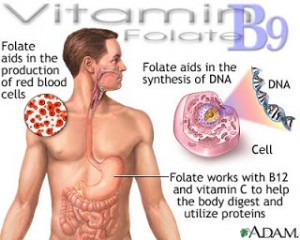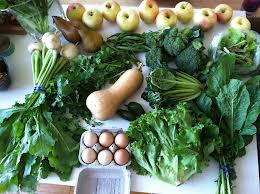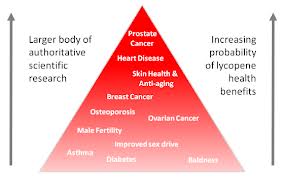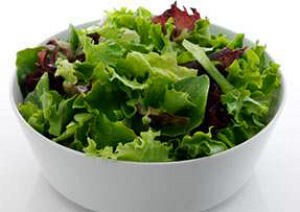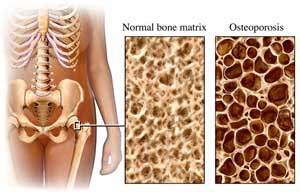A Finnish Study enrolled 541 children in a prevention trial at the age of 7 months. The same children were seen again at the age of 13 years. Every year the height and weight were measured. By the time the children were 13 years old, 16% were classified as overweight, based on body mass index determinations. For girls, there was an abnormally high weight gain (2.8 to 7.5 kg annually) from the 3rd to 4th year until the 12th year of age while normal weight kids gained only 2.1 to 4.8 kg annually. Boys showed no difference in weight gain pattern until the age of 5 years or older. Now the boys who developed an overweight pattern showed an increase from 3.5 to 7.9 kg annually while normal weight boys gained only from 2.6 to 5.5 kg annually. With respect to the body mass index the upper limit of a normal was exceeded for girls at the age of 5 years and for boys at the age of 8 years. Another important finding of the study was that the parents of the overweight adolescents were also overweight while the parents of normal weight adolescents were also within the range of a normal body mass index.
Two major risks of developing overweight and later obesity were found: overweight parents and abnormally high weight gain in early childhood (ages 2 to 4). The investigators concluded that treatment for developing overweight problems in childhood needs to be addressed at this age, not later when it is much more difficult to treat.
More information about health for children: http://nethealthbook.com/news/health-children/
Lack of B vitamins in children predicts obesity: http://nethealthbook.com/news/lack-b-vitamins-children-predicts-obesity/
Pediatrics. 2008;122:e876-e883
Last updated November 6. 2014

